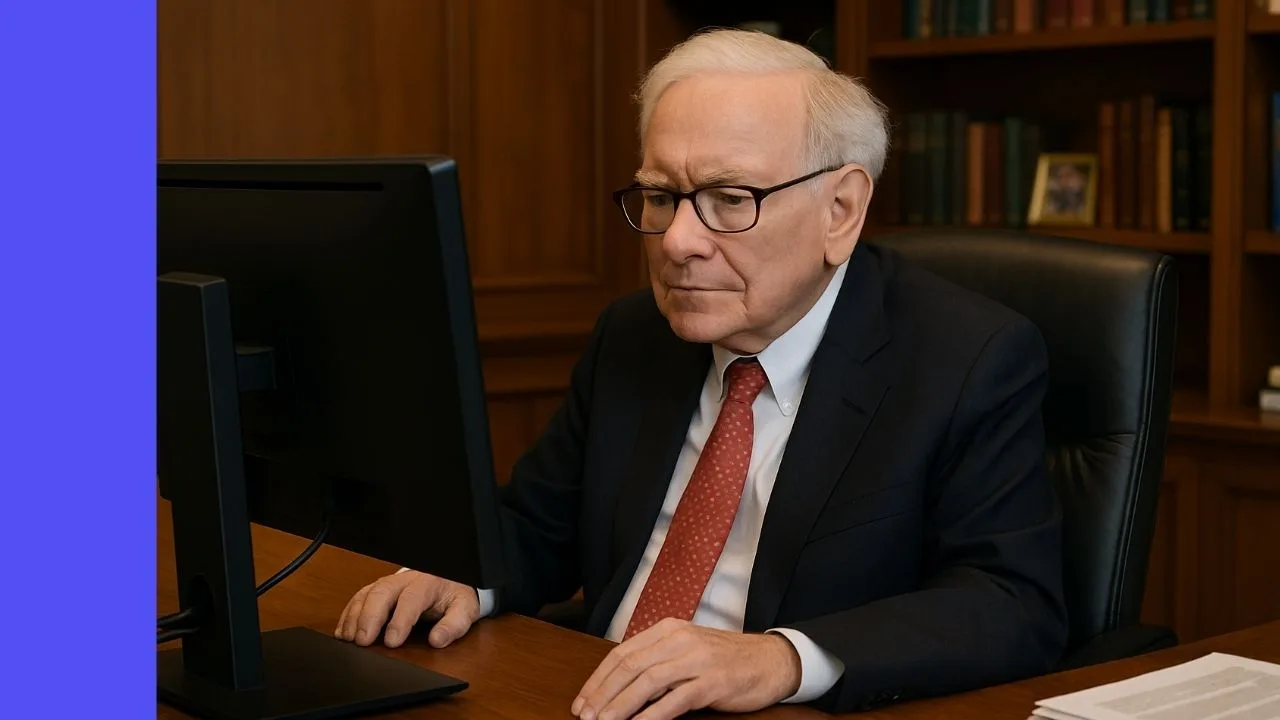The BetaShares Australian ETF Review for July was released this morning and it shows that Australian ETFs had a huge month once again. Is it time to buy?
About ETFs
Exchange-traded funds, or ETFs, are investment funds that are listed on a securities exchange and provide exposure to a range of shares or assets with a single purchase. The video below explains ETFs in more detail.
July Results
BetaShares is a leading Australian ETF provider that currently manages more than $8 billion in assets. Each month, they release an ETF review documenting the growth of Australian ETFs.
In July, records were broken for total funds under management (FUM), monthly FUM growth, annual FUM growth, monthly net flows and value of monthly trading.
Australian ETFs saw growth in market capitalisation of 4.7% during July to reach a new record of $53.3 billion. From July 2001 to July 2019, the compound annual growth rate (CAGR) of Australian ETF FUM is now 46% per year.
In terms of categories, the highest inflows of funds were in international equities, fixed income and Australian equities.
Trends
Low interest rates and uncertainty in the Australian economy seem to be pushing investors overseas and into fixed-income investments. Only a few months ago in May, Australian equities received the highest inflows ($257 million) followed by fixed income ($253 million).
Fast forward to July and inflows into Australian equities have fallen to $248 million while fixed income inflows were nearly $405 million and international equities were $432 million.
However, in both July and May the two BetaShares ETFs with the highest inflows were the same: the BetaShares Australian High-Interest Cash ETF (ASX: AAA) and BetaShares Australia 200 ETF (ASX: A200).
In the last month, the Vanguard Australian Shares ETF (ASX: VAS) has become the largest ETF in Australia.
What Does This Mean For You?
I’m not necessarily suggesting you start putting money into AAA, A200 or international equities. Personally, I like to treat the monthly ETF review as a way of seeing what other investors are thinking.
The amount of money flowing into international equities or fixed interest can sometimes be a good indicator of how confident investors are right now with the Australian market.
Of course, the best way to avoid trouble is to simply invest in great businesses below their fair value. The free report below has some ideas to get you started.
[ls_content_block id=”14945″ para=”paragraphs”]
Disclosure: At the time of writing, Max holds shares in ASX: A200.










